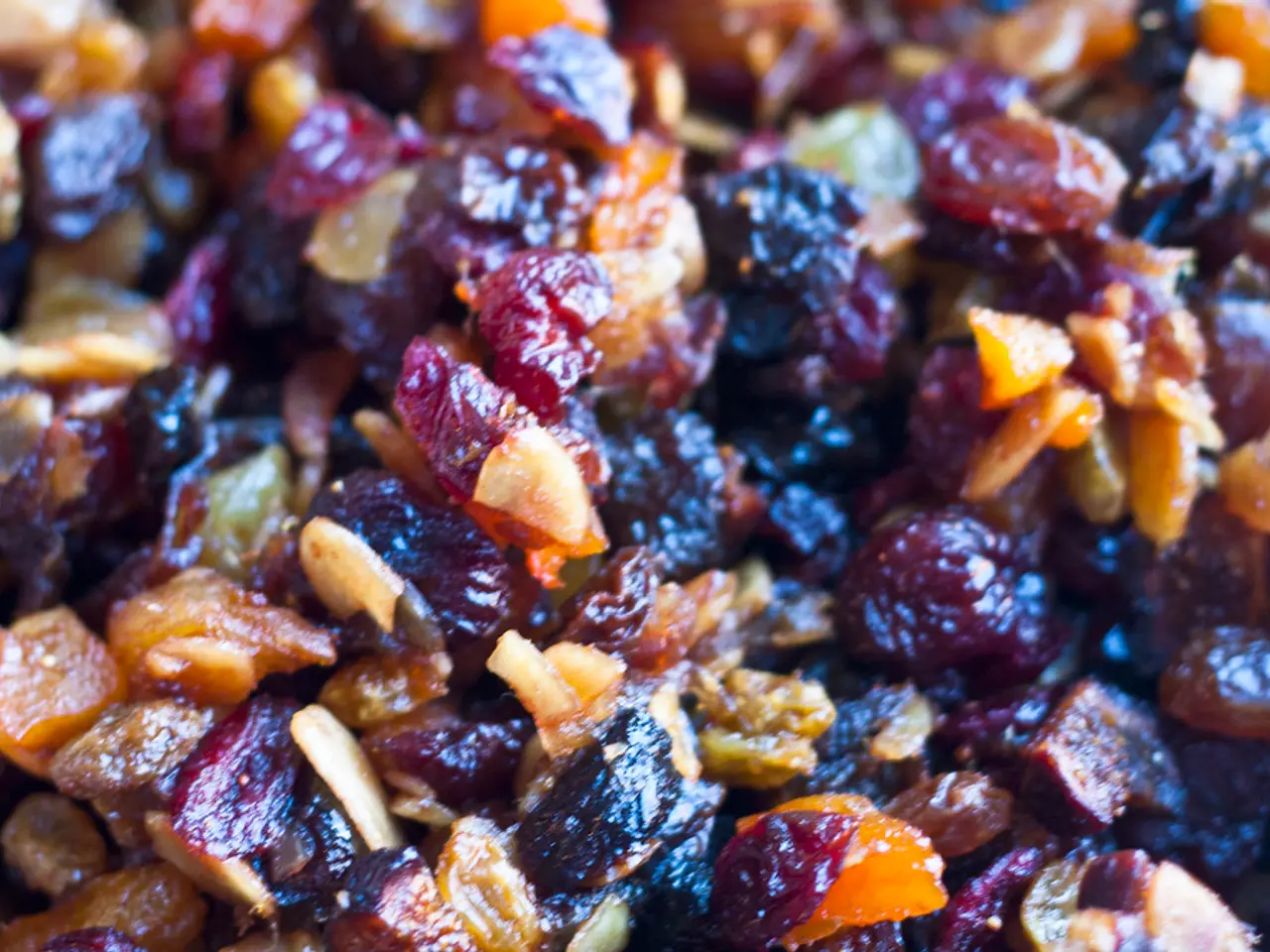Foods Contain Elevated Levels of PAK, According to Research Findings
In a groundbreaking development, a research team from the Department of Food Science and Biotechnology at the Seoul National University of Science and Technology has introduced a new method for detecting polycyclic aromatic hydrocarbons (PAHs) in food. The study, published online on June 5, 2025, and in the August 2025 issue of Food Science and Biotechnology, Volume 34, Issue 12, has garnered significant attention due to its potential implications for food safety and public health.
The innovative method, based on the QuEChERS (Quick, Easy, Chemicallysis, Solid-phase Extraction) approach, has been found to be fast, accurate, and environmentally friendly. This novel technique for extracting organic compounds, including PAHs, from food, demonstrates high efficiency in PAH detection compared to conventional methods.
The researchers, led by Professor Joon-Goo Lee, extracted PAHs using acetonitrile. The calibration curves for the eight PAHs exhibited remarkable linearity, with R² values above 0.99, indicating a strong correlation between the concentration of PAHs and the response of the analytical instrument.
The study reveals that the quantification limits for PAHs using the QuEChERS method range from 0.006 to 0.035 μg/kg, making it highly sensitive. The recovery rates for PAHs using the QuEChERS method range from 86.3 to 109.6% at 5 μg/kg, 87.7 to 100.1% at 10 μg/kg, and 89.6 to 102.9% at 20 μg/kg, ensuring a high level of accuracy.
Precision values for PAHs using the QuEChERS method range between 0.4 and 6.9%, further highlighting its reliability. This method not only shortens extraction time but also improves accuracy and recovery rates, and simplifies sample preparation, potentially leading to cost savings and improved safety for workers in the food industry.
As people increasingly focus on their health and well-being, incorporating daily exercises and calorie-counting apps, the importance of consuming nutritious foods like fruits and vegetables cannot be overstated. However, some PAHs, known carcinogens, can be found in these foods due to contamination and certain cooking methods. The QuEChERS method can be applied to a wide range of food matrices, providing a valuable tool for ensuring the safety of our food supply.
Professor Lee suggests that this method could be used for food inspection as part of safety management. The study suggests that the developed PAK analysis method based on the QuEChERS approach is not only accurate and efficient but also environmentally friendly. This could pave the way for a safer, healthier food industry and a healthier population.







